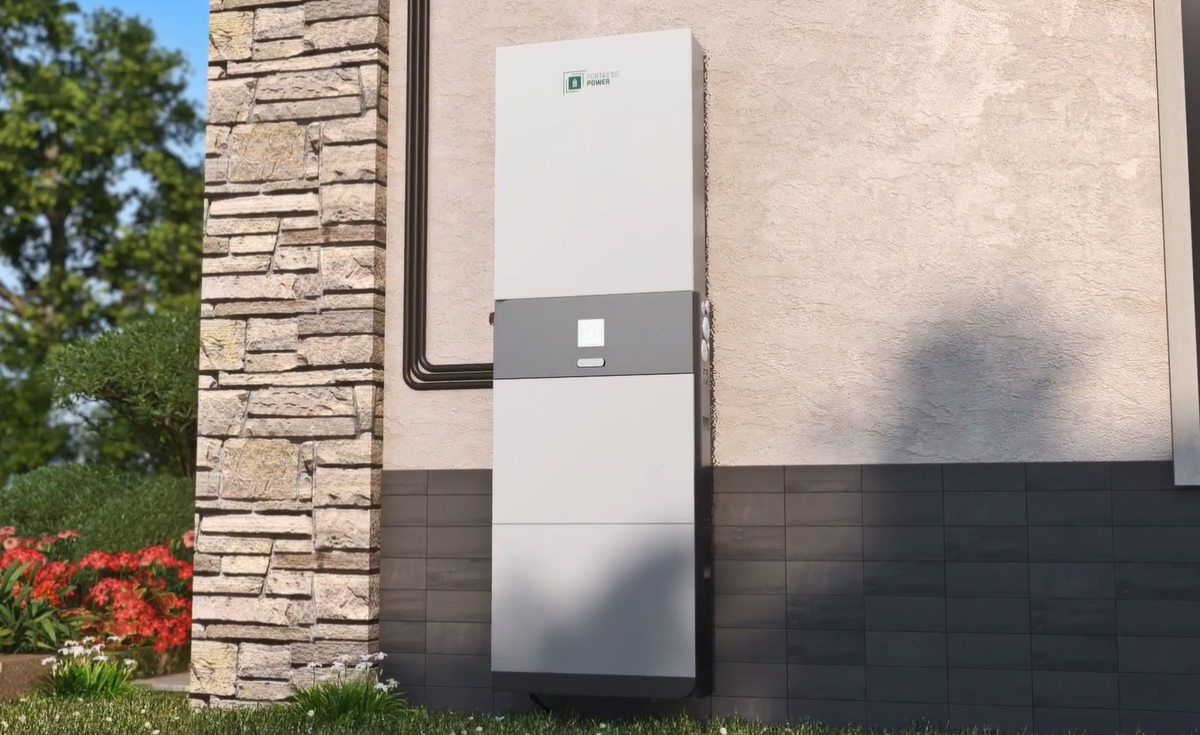A group of researchers led by the University of Science and Technology of China has investigated the influence of solar module row spacing on a PV system's temperature and efficiency and has found that excessive row spacing does not play a significant role in cooling the panels via thermal convection and increasing power yield.
“We found, instead, that irradiance plays a significant role in PV output compared with wind speed and row spacing,” the research's lead author, Long Shi, told pv magazine. “Therefore, ensuring full irradiance is the primary consideration in designing PV power plants. On this basis, a reasonable arrangement of PV array installation mode can improve passive cooling to a certain degree.”
Shi also explained the research work showed that larger row spacing did not achieve the expected cooling effect in outdoor tests. “Hence, it is only necessary to ensure that there is no shadow between the adjacent rows of PV arrays in practical applications, and the possible cooling effect brought by excessive row spacing may not be pursued during the practical arrangement.”
The scientists conducted their experiments on a PV array comprising 30 modules deployed with landscape orientation in 3 columns and 10 rows. The minimum row spacing was 0.98 m, which they said ensured there was no shielding between the components of the PV array between 09:00 and 15:00 on the winter solstice in the northern hemisphere.
“To improve the land utilization rate, row spacing must be as small as possible,” they also noted. “IEC 62548–1:2023 and IEC TS 62738–2018 stipulate minimum row spacing to ensure no shadow between the two adjacent rows of PV arrays.” They took the measurements via a weather station, thermocouples, and a power meter from June 10, 2023, to September 5, 2023. “The row spacing was frequently adjusted during the monitoring period to avoid seasonal influences outside air temperature and wind speed.”
The experiment series showed that, contrary to initial expectations, increasing row spacing did not increase the effect of convective heat transfer. It had a beneficial effect only when the irradiance was lower than 400 W/m2, while over this threshold the effect was negligible.
The analysis also demonstrated that the PV system's output could grow by up to 3.9% with row spacing raised to 1.5 times the minimum threshold, with surface temperature falling by 1.86 C and PV and power yield increasing by 3.53% when wind speed rose from 0 to 2.4 m/s.
The scientists concluded that larger raw spacing should be avoided, as its limited effects do not compensate for the larger land use rate. They rather insisted on considering factors such as direct irradiance and wind speed for improving the system's output.
“The outdoor full-scale experimental results of this study provide a reference for designing PV power plants,” Shi explained. “The average relative error of the temperature prediction model in this study is only 5.4%, and that of the previous model is almost 20.0%. Through the model in this study, the influence of environmental conditions and installation parameters on PV can be more accurately quantified.”
Their findings can be found in the study “Surface temperature and power generation efficiency of PV arrays with various row spacings: A full-scale outdoor experimental study,” published in Applied Energy.
This content is protected by copyright and may not be reused. If you want to cooperate with us and would like to reuse some of our content, please contact: editors@pv-magazine.com.




Wonder how many hours a day of partial shade, during the peak of winter, would be cost effective, if it allows better land utilisation?